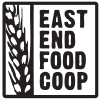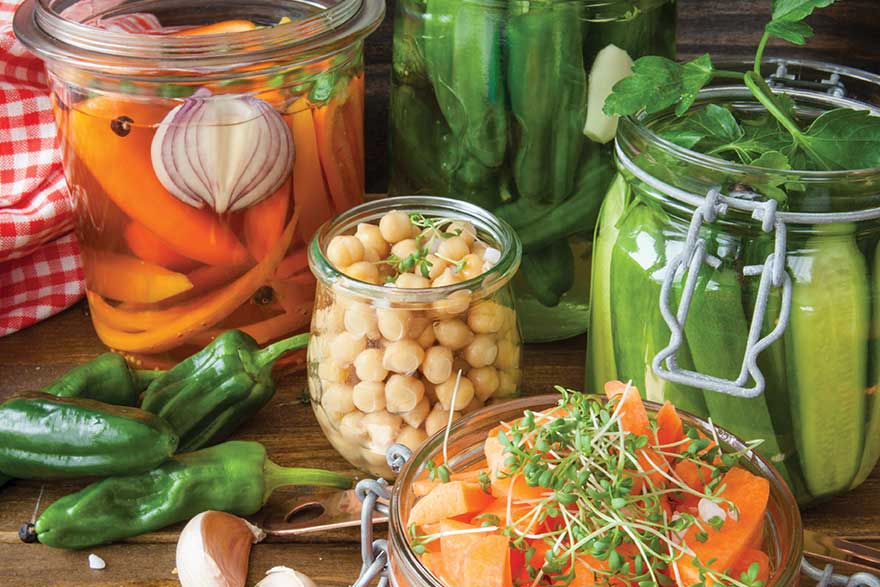As interest in local produce has increased over the years, so has people’s interest in preserving foods. It’s a natural step for anyone who values the connection to local foods in the summer to want to extend that connection to the winter when local options are limited.
Talk to anyone who preserves food, and they’ll likely tell you that food preservation is easy. And it is! But someone new to food preservation may find something mysterious about putting food into jars and crocks. Add in concerns about food safety (which are often unwarranted) and the budding food preservationist can easily become discouraged.
In hopes of inspiring those on the cusp of food preservation to take their first steps, I asked three experienced food preservationists from Pittsburgh to offer some simple, encouraging advice for the beginner and added a piece of advice of my own.
Consider Freezing
Susanna Meyer, field manager at Rivendale Farms and author of Saving the Seasons: How to Can, Freeze or Dry Almost Anything, recommends beginning with your freezer.
“Most people I talk to are really worried about food safety, so I suggest freezing to start out,” she says.
While freezing may not conjure up the same quaint images of colorful jars of pickles and jams in your grandparents’ pantry, it’s a very easy method of preservation with a very low barrier of entry. Most of us have a freezer in our homes and experience freezing stuff. If you are capable of freezing leftover soup, there is no reason why you can’t freeze homemade stewed tomatoes or apple butter.
Fermentation without complication
Fermentation is another method of preservation with a relatively low barrier to entry, as it doesn’t really require any specific equipment other than a vegetable, salt, and a container. Fermentation is made possible by the actions of beneficial bacterial. Which convert natural sugars in foods, allowing them to resist spoilage at cool temperatures.
Unlike popping something in the freezer, the process of salting and weighing down vegetables is one many folks are unfamiliar with, and may require some learning about.
For those new to fermentation, Justin Lubeki of Ferment Pittsburgh cautions; “A lot of online resources seem to be providing misleading information and strict rules.” He recommends keeping things simple and letting intuition and personal preference be your guide.
In terms of food safety, don’t worry too much about “incubating a nightmare.” According to Justin, fermentation is, “almost always one of the surest bets in safe preservation.”
Learn from a friend
Virginia Phillips, President of Slow Food Pittsburgh, suggests that the aspiring preservationist do projects with someone with experience, or attend a class or workshop.
“It’s one thing to follow a recipe from a book,” she says, “but the actual doing is a little like getting a feel for pie crust or bread.”
Virginia says it shouldn’t be hard to convince an experienced preservationist to let you tag along.
“Sociability makes the time fly, and you both end up with lots of jars,” she says. Canning, for instance, takes a lot of work, and the more hands, the better.
Learning from a friend can also rapidly demystify things. Techniques that require paragraphs to explain in writing can take just a few moments to demonstrate in person. Do a preservation project with an experienced preservationist and you may find yourself asking: “Is that all there is to it?”
Find Your Bible(s)
Though I’m quite an experienced food preservationist myself, I still find it indispensable to have sound information on the basics at my fingertips, especially since many of the preserves I make, I make only once a year. Saving the Seasons by Mary Clemens Meyer and Susanna Meyer offers a fantastic overview of canning, freezing and drying. Wild Fermentation by Sandor Katz gives a thorough and concise overview of the fundamentals of fermentation, along with clear, easy-to-follow recipes. Though I’ve never used it myself, a lot of people swear by the Ball Blue Book Guide to Preserving for canning.
Whatever “bibles” you choose to work with should include clear and easy-to-understand information about basic technique. Be wary of anything that seems too difficult or fancy if you’re just starting out. As Justin says, “there’s no reason to over-complicate it.”
For more information about preservation, including workshops, classes, and meet-ups, visit: www.fermentpittsburgh.com &
www.slowfoodpgh.com



Leave A Comment